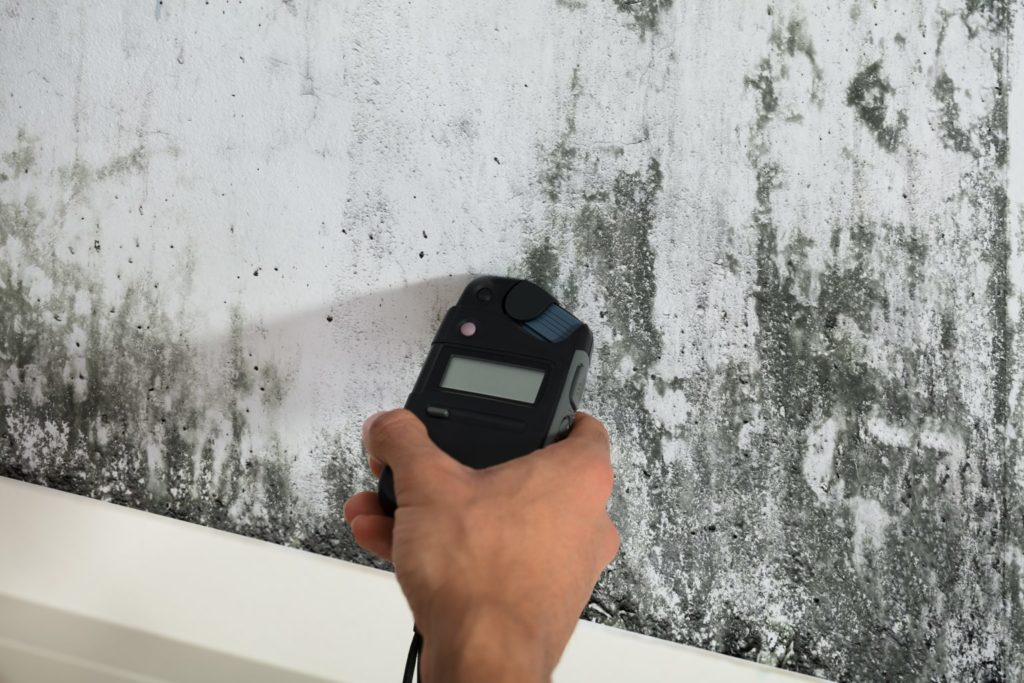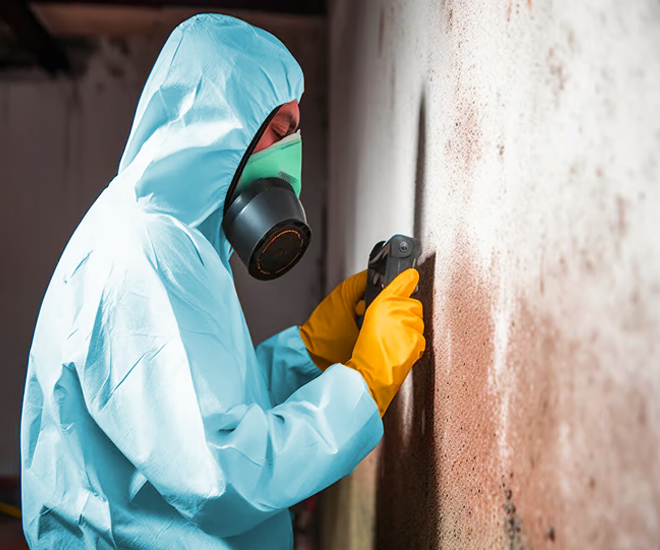Finding Post Remediation Inspection Near Me Providers
Your Ultimate Overview to Post Mold And Mildew Removal Strategies
Browsing the realm of post-mold remediation methods is a thorough process that demands interest to information and a detailed understanding of the details involved. In the aftermath of mold invasion, understanding how to properly remove the mold and avoid its reoccurrence is extremely important for keeping a healthy indoor environment. From picking the best cleaning and sanitizing approaches to carrying out techniques for long-term mold and mildew prevention, each step in the removal journey plays an important role in guaranteeing an effective result. As we get started on this exploration of post-mold remediation methods, we will certainly discover the key techniques and best methods that can help you restore your space to its pre-mold condition and protect it against future mold risks.
Comprehending Post-Mold Remediation Refine
After finishing the mold and mildew removal process, it is vital to comprehend the post-mold removal methods that are necessary to make certain a thorough and reliable cleanup. When the mold has been gotten rid of, the next step includes cleansing and decontaminating the affected locations to avoid any type of regrowth of mold and mildew. This includes making use of specialized cleansing representatives to clean down surface areas and eliminate any type of remaining mold and mildew spores. It is important to dry out the area completely to prevent the growth of mold and mildew in the future (After mold remediation). Proper ventilation and dehumidification can help in this procedure.
Additionally, carrying out a last examination post-remediation is crucial to ensure that all mold and mildew has been effectively eradicated. If the inspection discloses any sticking around mold, additional remediation may be needed.
Efficient Cleaning Up and Sanitizing Techniques

Protecting Against Future Mold And Mildew Development

Relevance of Proper Air Flow
Proper air flow plays a critical role in stopping moisture buildup, a vital variable in mold development within indoor environments. Efficient air flow systems assist get rid of excess humidity from the air, reducing the chances of mold and mildew look at this web-site spores discovering the dampness they need to spread and sprout. Without sufficient air flow, indoor areas can become a reproduction ground for mold, bring about prospective wellness dangers and structural damages.
By ensuring appropriate air blood circulation, ventilation systems can likewise aid in drying out moist locations quicker after water damages or flooding events, additionally deterring mold growth. After mold remediation. In spaces like shower rooms, cooking areas, attics, and cellars where wetness levels have a tendency to be higher, mounting and keeping reliable ventilation systems is essential in preventing mold and mildew problems

Tracking and Maintenance Tips
Given the critical function that correct air flow plays in avoiding mold and mildew development, it is critical to develop efficient monitoring and upkeep suggestions to ensure the ongoing performance of ventilation systems. Normal assessments of ventilation systems must be conducted to look for any kind of indications of blockages, leakages, or malfunctions that could hinder appropriate air flow. Monitoring moisture degrees within the building is likewise essential, as high moisture can contribute to mold development. Mounting a hygrometer can assist track moisture levels and alert home owners to any type of spikes that may call for attention. Furthermore, guaranteeing that air filters are consistently cleaned up or replaced is necessary for maintaining the effectiveness of the air flow system. Implementing a timetable for routine maintenance jobs, such as air duct cleansing and heating and cooling system assessments, can help avoid concerns prior to they rise. By staying alert and aggressive to the problem of air flow systems, residential property owners can efficiently alleviate the threat of mold and mildew Check Out Your URL regrowth and keep a healthy indoor atmosphere.
Conclusion
Finally, post-mold removal methods are important for guaranteeing a clean and secure setting. Recognizing the process, implementing reliable cleaning and disinfecting approaches, protecting against future mold and mildew growth, preserving correct ventilation, and regular surveillance are all critical action in the remediation process. By following these standards, you can successfully remove mold and stop its return, advertising a healthy and balanced living or working space for all occupants.
In the after-effects of mold and mildew infestation, knowing just how to efficiently remove the mold and avoid its reoccurrence is paramount for keeping a healthy interior environment. As soon as the mold has been removed, the next step entails cleaning and decontaminating the impacted locations to protect against any regrowth of mold and mildew - testing air quality after mold remediation. After removing noticeable mold and mildew growth, it is critical to clean all surfaces in the afflicted location to eliminate any type of continuing to be mold spores. To even more improve mold and mildew avoidance measures, it is vital to resolve underlying issues that initially led to mold and mildew growth.Offered the critical role that proper air flow plays in avoiding mold growth, it is imperative to establish effective tracking and upkeep pointers to make certain the ongoing functionality of air flow systems